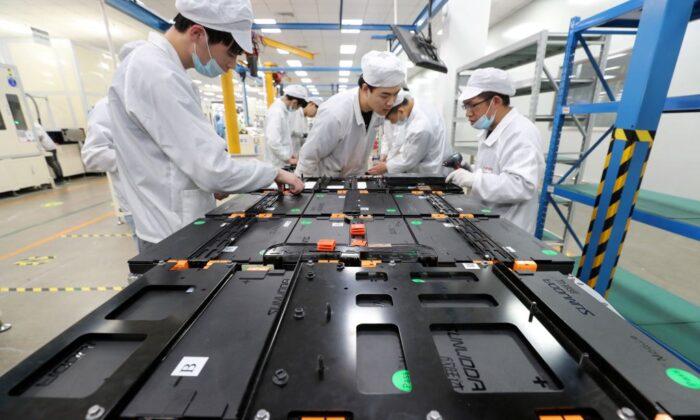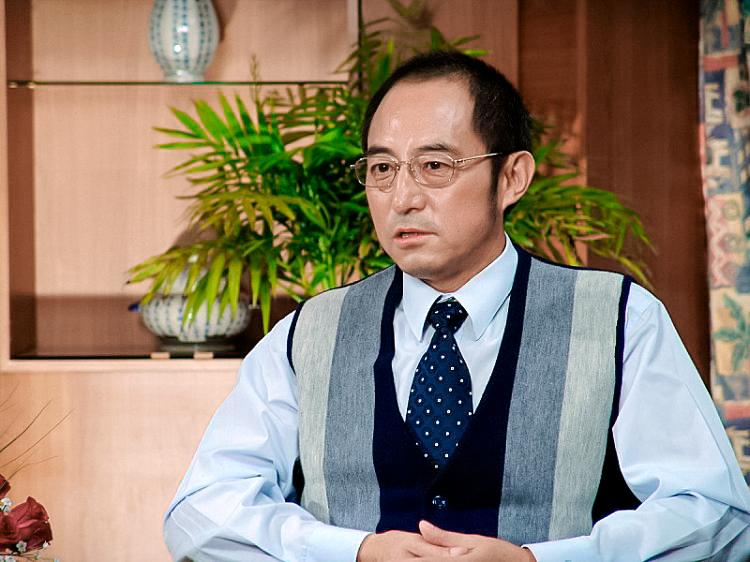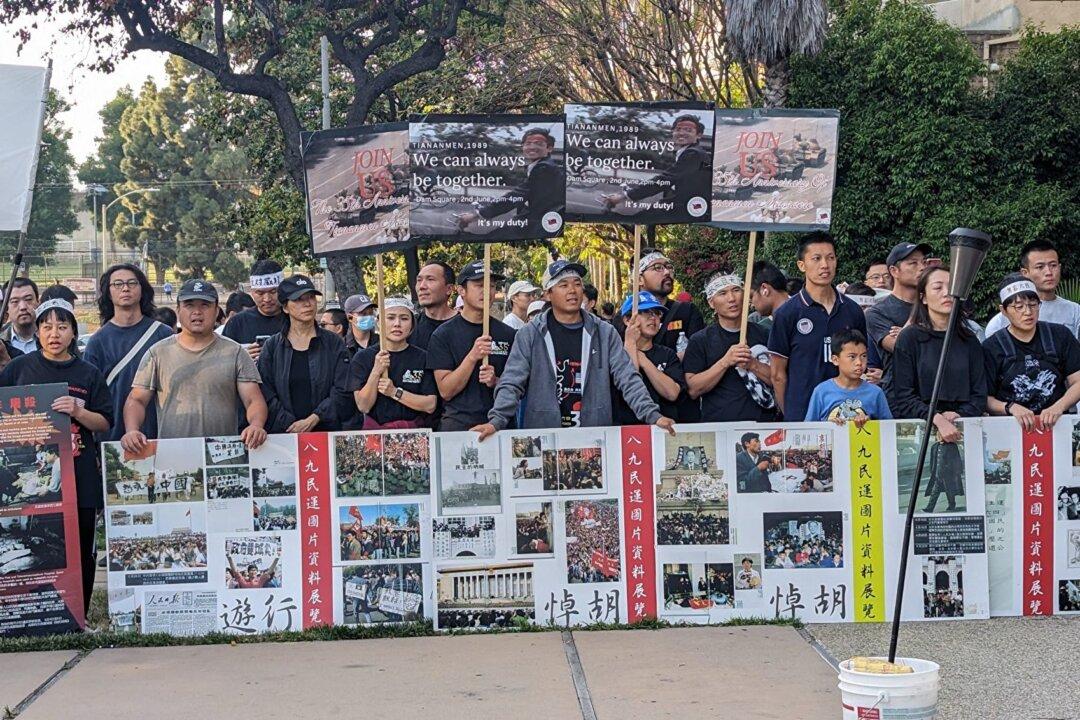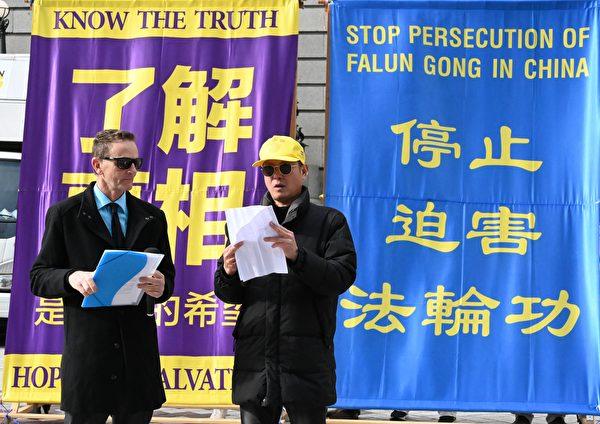According to global rankings released on Monday, Canada has taken the top spot from China for manufacturing lithium-ion batteries last year. An expert believes that it indicates that the West has come to a consensus on the threat to national security posed by Chinese-made batteries.
BloombergNEF (BNEF) announced its fourth annual Global Lithium-Ion Battery Supply Chain Ranking. The ranking assesses the potential of 30 countries to build a secure, reliable, and sustainable lithium-ion battery supply chain.
The Ranking evaluates each country’s supply chain potential based on 46 metrics across five categories: raw materials, battery manufacturing, downstream demand, ESG (environmental, social, and governance), and “industry, infrastructure, and innovation.”
National Security
Chih-Yen Tai, a researcher at Chung-Hua Institution for Economic Research based in Taiwan, explained to the Chinese language edition of The Epoch Times that China remains the world’s largest producer of lithium-ion batteries.“Several Chinese battery companies are listed among the top ten in the automotive sector, but the BNEF’s rankings incorporate consideration of environmental protection and human rights in the lithium battery manufacturing and mining processes as per international trends,” said Mr. Tai.
According to the Ranking, “North America’s supply chain has been excelling due to strong policy commitment and implementation, with Canada and the U.S. claiming two of the top three positions.”
Mr. Tai indicated that the substantial growth of rankings for batteries from Canada or other countries is influenced by legislation such as the Clean Competition Act, which aims to reduce industrial climate pollution, and the National Defense Authorization Act. The latter was signed into law last December and listed six Chinese battery companies ineligible for Defense Department procurement, including CATL (Contemporary Amperex Technology Co. Ltd.), BYD Co., Envision Energy Ltd., EVE Energy Co., Gotion High Tech Co., and Hithium Energy Storage Technology Co.

“Presently, Western countries are realizing the strategic importance of batteries and are gradually moving towards achieving self-sufficiency and control over the critical resource,” he said.
While numerous countries are trying to reclaim control over battery raw materials’ extraction and production sites, Mr. Tai said the crucial aspect lies in the refinement, formulation, and technological transfer during manufacturing. “While European and American firms excel in refinement technologies, China retains a competitive edge in large-scale production. Solving this issue presents significant short-term challenges,” stated Mr. Tai.
On January 18, the U.S. Department of Energy Announced $131 Million to boost America’s battery supply chain and supercharge electric vehicle R&D to secure “the nation’s energy independence.”
Beijing Restricts Graphite Export
China dominates every stage of the battery anode supply chain, from feedstock material to active anode material production.According to data from Benchmark Mineral Intelligence, Chinese production represents 74 percent of the total supply chain for graphite anodes.
In October last year, Beijing imposed export restrictions on graphite, citing “national security concerns.”
Although the export restrictions on graphite may pose significant challenges, Mr. Tai believes it could also spur the development of alternative technologies to reduce dependency on China. “These alternatives include resource recycling and reuse, as well as technologies that can circumvent the need for such materials altogether,” he said.
He also said the effectiveness of the restriction relies on whether the purported restrictions extend to encompass all graphite-related products and the capacity of alternative resources to satisfy the international demand for battery production.
“It’s been several months since China imposed the restriction. We haven’t seen manufacturers halt production because of shortages or increased cost of the key raw material,” he said.
Therefore, the restriction appears merely “a political maneuver by the regime in response to U.S. sanctions,” said Mr. Tai.
He anticipates the obstacles the Chinese battery makers will face amid the U.S.-China trade war. “In response to the trade war, Tesla or other Western EV makers may consider switching suppliers, gradually removing Chinese battery suppliers from their procurement lists and favoring local producers instead,” Mr. Tai said.
It’s reported that China’s CATL has been supplying LFP batteries to Tesla for cars made at its Shanghai plant since 2020, and BYD Company is supplying Tesla with the Blade battery in some of its models in Europe, according to Investing News Network.






